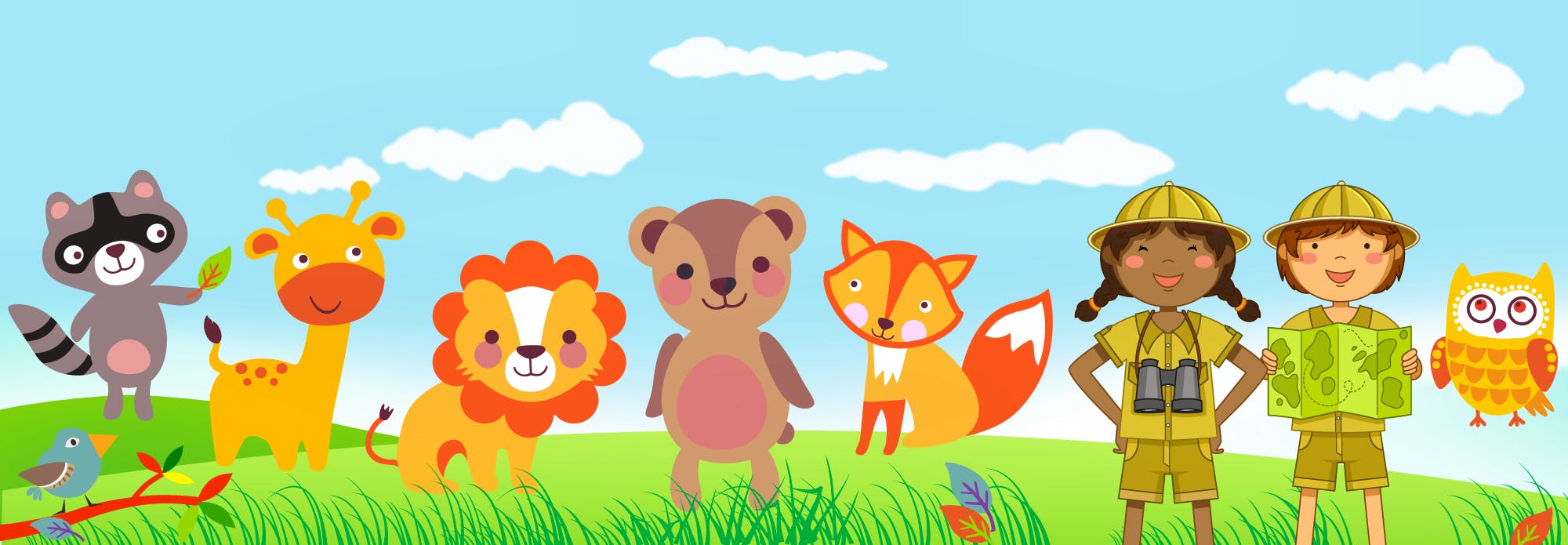When explorers like Lewis & Clark ventured into new places, they kept careful track of everything they saw by writing down detailed notes. Scientists today still use fieldwork journals to record the exciting things they observe and experience. This helps them to remember everything later on and study connections between their findings. Nature observations help our organization to protect wildlife because they show us the behavior and location of animals that need our help. As a Junior Defender you can make a journal by exploring in your own backyard or a local park! Creating a nature journal is a great way to learn how the ecosystem, which is the collection of animals and plants living together around you, changes as time passes.
Here’s what you’ll need:
- a notebook
- pens or pencils
- crayons or colored pencils
Find a natural spot outdoors to explore. You don’t have to look far; a great nature spot can be as close as your own backyard. Visit this spot once a week or so and write down the things you observe there. Remember to always go with an adult, or to let an adult know where you’ll be.
Here are some ideas to get you started:
Using as many different adjectives as you can, describe the area you are in. Adjectives are descriptive words like brown, noisy and soft.
Try to draw what you see in the environment around you – this could be anything you find interesting! Plants, trees, insects or animals are just a few examples.
Be sure to use more than just your sense of sight. How do things smell? What sounds do you hear?
Sit very still and close your eyes. Try to stay like this for at least three minutes. Listen to all of the noises and sounds you hear around you. Open your eyes again, and write down or draw pictures of what you heard.
Using a crayon and a piece of your journal paper, make leaf and bark rubbings of different trees and plants. You can do this by placing a piece of paper over the bark or leaves and then rubbing your crayon gently over the paper. Then go to your school or local library and find a book about trees, or use an online guide. See if you can identify the trees from the rubbings you have.
Come back to the same spot at different times of the day with an adult, such as early morning, noon, dusk and night. What is different? What is the same? Write down or draw what you find.
Remember to stay safe:
Always make sure an adult is either with you, or knows exactly where you are.
Keep a safe distance from wild animals. If an animal feels that you are a threat to its home or its family, it will attempt to protect itself. Remember - wild animals are not pets, they are not tame.
Make sure you know what poison ivy, poison oak, and other poisonous plants look like, and stay away from them!


